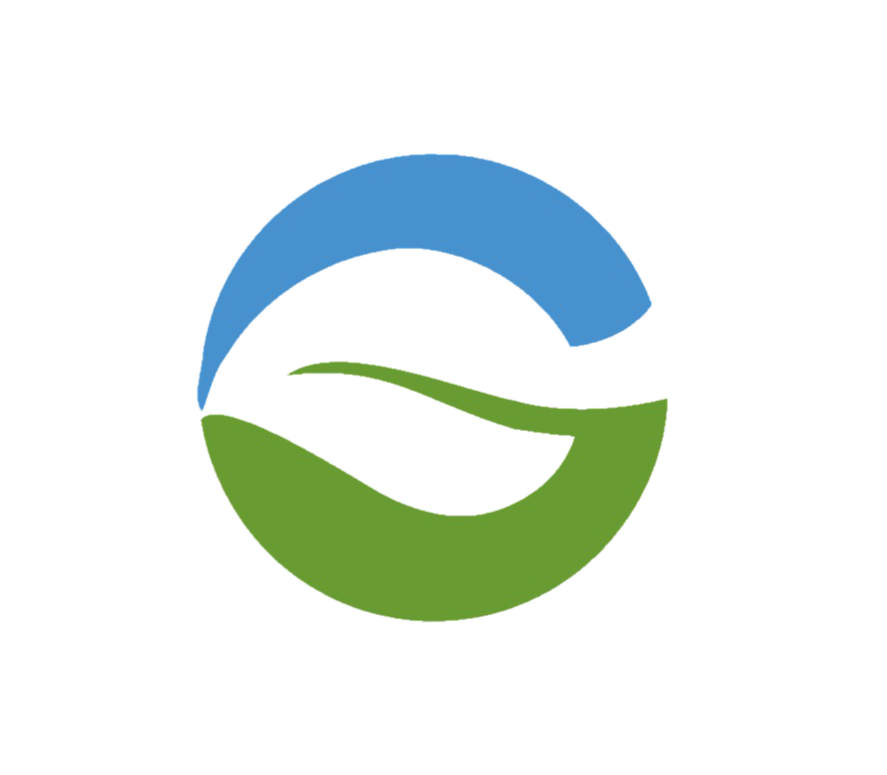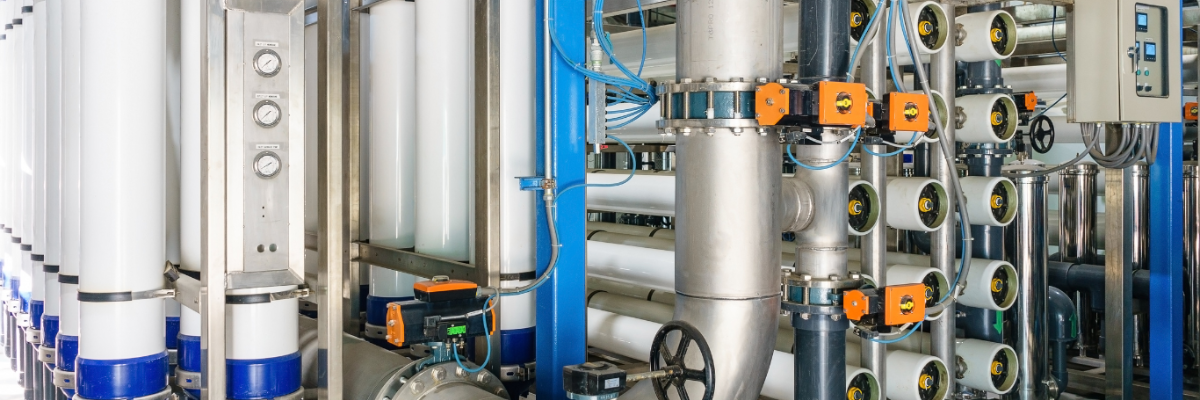Achieving Zero Liquid Discharge (ZLD) in paper mills involves advanced wastewater treatment processes that ensure no liquid effluent is discharged into the environment. Instead, all the water used in the production process is treated, recovered, and recycled within the plant. The remaining solids or contaminants are managed through safe disposal methods or reused. ZLD implementation in paper mills requires a comprehensive approach that integrates water recycling, efficient treatment technologies, and waste management systems. Here’s a step-by-step guide to achieving ZLD in paper mills:
1. Water Audit and Process Optimization
- Objective: Identify water usage points and minimize consumption through process optimization.
- Steps:
- Conduct a detailed water audit to map water usage at each stage of paper production, including pulping, washing, and cooling.
- Reduce water consumption by implementing efficient water management practices such as water reuse and closed-loop systems where possible.
- Optimize machinery and operations to lower water demand, such as improving press efficiency to reduce the need for washing.
2. Segregation of Wastewater Streams
- Objective: Separate different types of wastewater to treat them based on their specific characteristics.
- Steps:
- Segregate low-contaminated streams (such as cooling water) from highly polluted ones (such as process water).
- Treat different streams independently for optimal treatment, reducing the overall load on advanced treatment systems.
3. Primary Treatment (Pre-Treatment)
- Objective: Remove large particles, fibers, and suspended solids before advanced treatment.
- Technologies:
- Screening: To filter out large debris, fibers, and contaminants.
- Sedimentation: Use settling tanks or clarifiers to allow suspended solids to settle and be removed.
- Flotation (Dissolved Air Flotation, DAF): Used to remove oils, greases, and solids from the wastewater by injecting air to form bubbles that float contaminants to the surface.
- Coagulation and Flocculation: Chemical treatment that aggregates fine particles into larger flocs, making them easier to remove.
4. Secondary Treatment (Biological Treatment)
- Objective: Break down organic matter and pollutants using biological processes.
- Technologies:
- Activated Sludge Process: Aerobic microorganisms are used to break down biodegradable contaminants in the water.
- Anaerobic Digesters: Used for treating high-strength wastewater, particularly in pulp mills, where organic content is high. Anaerobic processes generate biogas, which can be used for energy recovery.
- Biological Nutrient Removal: In some cases, nutrient removal (nitrogen, phosphorus) may be necessary to meet stringent discharge requirements, even within ZLD systems.
5. Tertiary Treatment (Advanced Filtration)
- Objective: Remove fine particles, dissolved salts, and remaining contaminants.
- Technologies:
- Membrane Filtration (Ultrafiltration and Microfiltration): These membrane processes remove suspended solids, colloids, and large organic molecules.
- Reverse Osmosis (RO): RO is a critical step in ZLD, as it removes dissolved salts and impurities, recovering high-quality water for reuse. The concentrated brine from RO is treated further.
6. Brine Concentration
- Objective: Concentrate the wastewater stream from the RO process to minimize liquid waste volume.
- Technologies:
- Evaporation: Mechanical vapor recompression (MVR) or multi-effect evaporators (MEE) are used to evaporate water from the brine, reducing its volume.
- Thermal Brine Concentrators: These systems heat the brine, causing water to evaporate and leaving behind a concentrated slurry.
7. Crystallization of Solids
- Objective: Convert the concentrated brine into solid waste.
- Technologies:
- Crystallization Units: These units further evaporate the water until solid salts and other materials crystallize out.
- Salt Recovery: If the crystallized salts are of a suitable quality, they can be recovered and reused or sold to other industries.
8. Sludge Dewatering and Management
- Objective: Handle solid waste efficiently.
- Technologies:
- Centrifuges or Belt Filter Presses: Used to dewater sludge generated from primary, secondary, and tertiary treatments.
- Sludge Reuse: Some of the dewatered sludge can be reused in the paper-making process, particularly if it contains high fiber content. Alternatively, it can be used in energy recovery (e.g., co-firing in boilers).
9. Water Reuse and Recycling
- Objective: Reuse the treated water within the paper mill, closing the loop and reducing freshwater intake.
- Applications for Reused Water:
- Process Water: Reuse treated water for paper pulp preparation and other industrial processes.
- Cooling Water: Use recycled water in cooling towers and machinery cooling systems.
- Washing and Cleaning: Use treated water for cleaning operations within the plant.
- Boiler Feed Water: The purified water from RO can be used as feed water for boilers, reducing the need for fresh water.
10. Monitoring and Automation
- Objective: Ensure the ZLD system operates efficiently and sustainably.
- Steps:
- Install real-time sensors to monitor water quality parameters such as Total Dissolved Solids (TDS), pH, and turbidity at various stages.
- Automate the control of treatment processes to ensure optimal chemical dosing, filtration, and energy use.
- Implement water and energy usage dashboards to track performance and ensure compliance with ZLD targets.
Benefits of Achieving ZLD in Paper Mills
- Water Conservation: Achieving ZLD drastically reduces the need for fresh water, which is crucial in water-scarce regions.
- Regulatory Compliance: ZLD ensures compliance with stringent environmental regulations that restrict or ban wastewater discharge.
- Environmental Protection: ZLD reduces the environmental impact of paper mills, preventing contamination of nearby water bodies and ecosystems.
- Cost Savings: While ZLD systems require significant capital investment, they reduce long-term costs by eliminating wastewater disposal fees and potentially recovering valuable by-products.
- Sustainability and CSR: ZLD positions paper mills as sustainable enterprises, improving their environmental, social, and governance (ESG) profiles, which is beneficial for brand reputation and investor confidence.
Challenges and Considerations
- High Initial Investment: ZLD systems require a significant upfront investment in advanced treatment technologies such as RO and evaporation/crystallization units.
- Energy Demand: Thermal treatment steps like evaporation are energy-intensive, and mills may need to invest in renewable energy sources to make the ZLD process more sustainable.
- Sludge and Solid Waste Management: Proper disposal or reuse of the solids generated from the ZLD process is critical to avoid secondary environmental issues.
By following this structured approach, paper mills can successfully achieve Zero Liquid Discharge, enhancing sustainability and minimizing their environmental impact.


Recent Comments